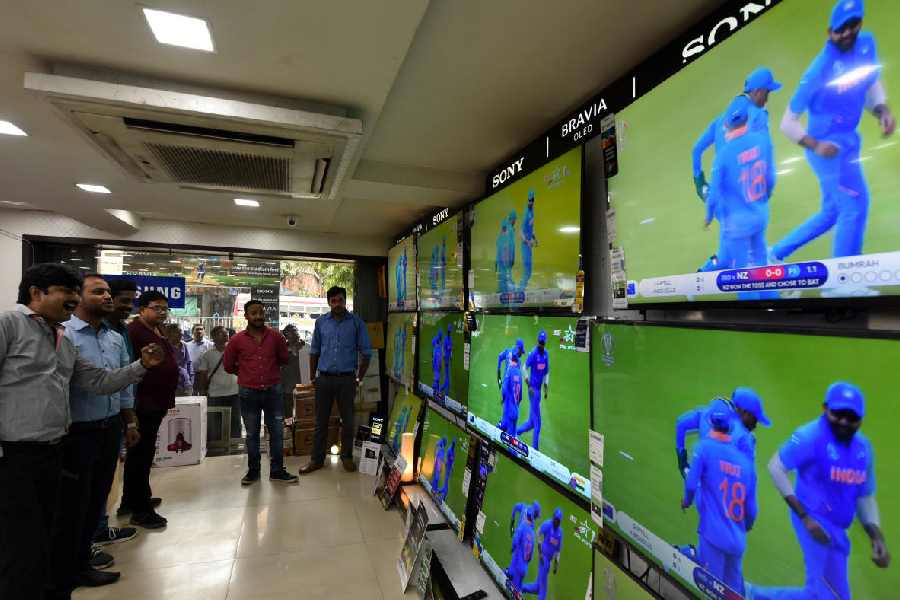People looking to buy an ultra-high-definition (ultra-HD) television set might first do the math to see whether it will actually enhance their viewing experience.
Scientists at the University of Cambridge and Meta Reality Labs have found through precision measurements on human vision that extra pixels on TV screens don’t always translate into visible gains in perceived sharpness beyond a point.
Their findings come against the backdrop of the progressive evolution of TV screens — from traditional standard definition to HD, full HD, quad HD, and the most recent ultra HD — each step packing in finer detail through more and more pixels.
A pixel — short for picture element — is one of the tiny dots of colour that together make up images on a screen.
A full HD TV display features roughly two million pixels; a 4K ultra HD TV screen features nearly 8.3 million pixels for sharper images, and an 8K TV quadruples the pixel count to over 33 million, offering razor-sharp images.
The Cambridge study represents the most precise measurements yet of the limits of what people can see on such modern high-resolution screens in relation to screen size, viewing distance and colour range.
“Once the pixels on a screen are smaller than what your eye can perceive, adding more doesn’t make the image look sharper,” Maliha Ashraf, a research associate at Cambridge’s computer science department and the study’s first author, told The Telegraph.
“Adding more pixels beyond what the eye can resolve just increases the cost, power consumption and data demand,” she said. The study’s results were published on Monday in the journal Nature Communications. Ashraf’s co-authors are Rafal Mantiuk at Cambridge and Alexandre Chapiro with Meta Reality Labs.
The limit of eye resolution depends on the screen size, the darkness in the room and the viewing distance. The researchers have developed a free online calculator where users can enter their room size and the size and resolution of their TV sets to determine the most suitable screen for the room.
“For consumers, the main implication is that buying a higher-resolution screen does not always mean a better viewing experience,” Ashraf said. “Beyond a certain point, the eye cannot resolve extra detail. The calculator could help people make informed choices when buying a new device.”
For a typical living-room setup with a 44-inch TV screen and a viewing distance of about eight feet, a 4K TV is already more than enough, she said. The analysis suggests that under these parameters, a 4K or 8K TV would not provide additional benefit over a quad HD TV of the same size.
The study on the resolution limit of eyes is part of a broader research effort to quantify the boundaries of human vision — insights that could guide the design of future display technologies, the researchers say.
For the study, the researchers measured volunteers’ ability to detect specific features in colour and in grey-scale images on a screen, whether looking at the images straight ahead or through their peripheral vision at specific angles at different distances from the screen.










